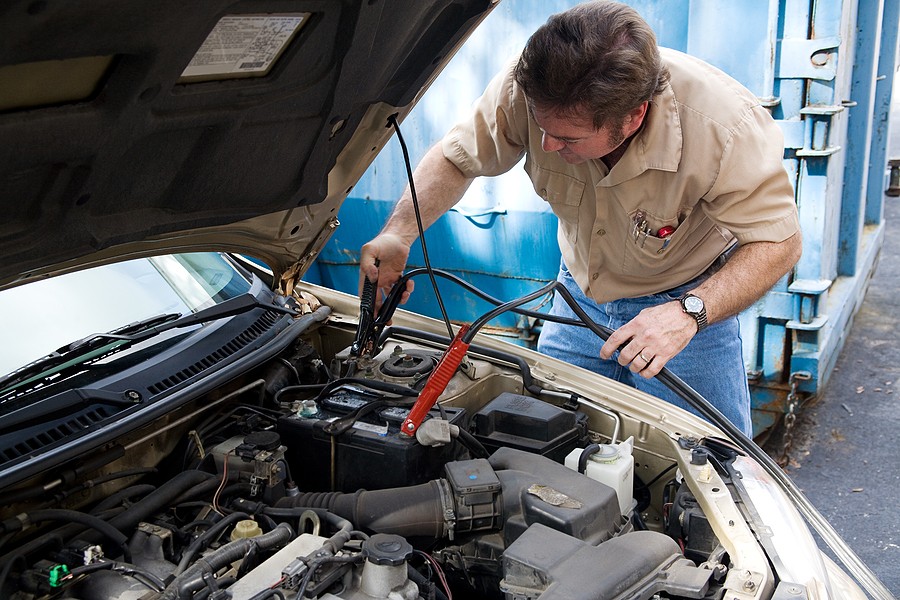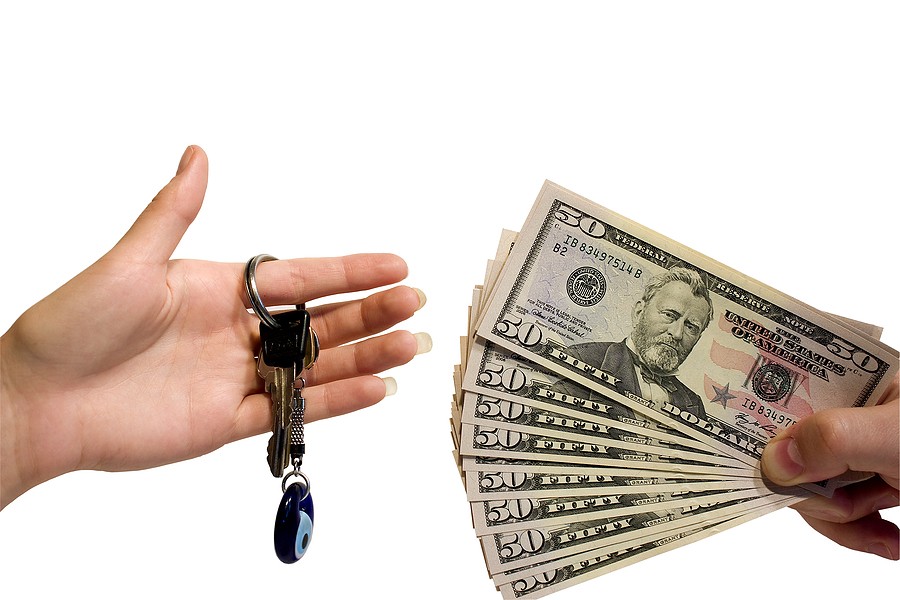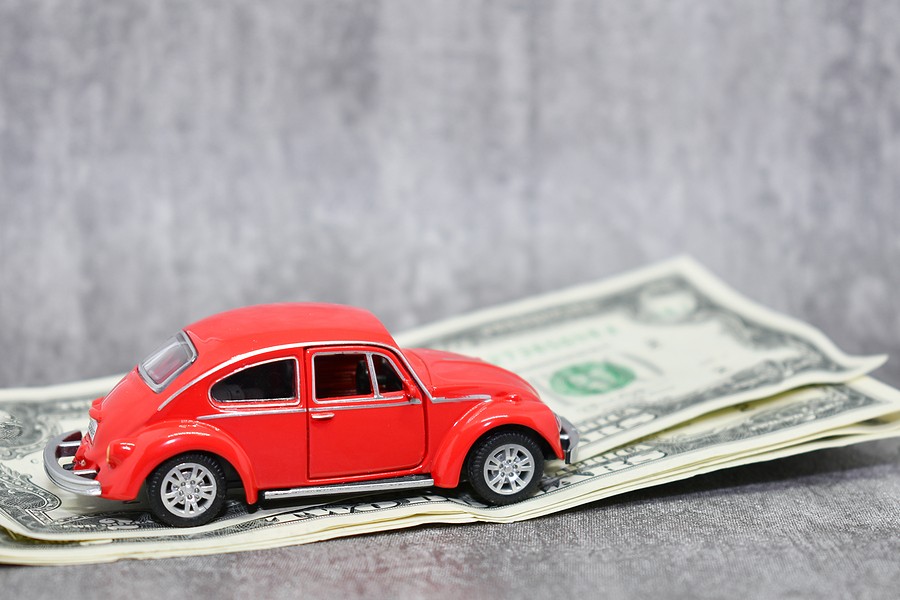The number of car loans in America has been growing over the last few years. Americans are also paying more on average, with many juggling car payments of $550 or more a month.
Although loans have allowed more Americans to get into new and used cars, they haven’t actually helped people move into car ownership. In most cases, cars bought with financing have a lien on them.
You may be wondering, “What is a lien on a car, and how do you get rid of one?” This guide has the answers you’re looking for.

What is a Lien on a Car?
When you buy a car with a loan, you won’t be registered as the owner or lien-holder of the car. On the title to the car, someone else will be listed as the owner.
In most cases, the lien-holder is the lender who provided financing. This may be a bank, the dealership, or a private lender.
What does the lien do? It gives your lender legal ownership of the car until you pay off your loan. This gives the lender the right to repossess your car if you default on your loan.
You can think of a lien as a kind of guarantee for the lender. Since they “own” the car until the loan is repaid, they can still recoup the debt even if you default on the loan. In title-holding states, though, you’ll still receive a copy of the title for your vehicle before the loan is paid off.
How do You Remove a Lien?
The most straightforward way to remove a lien from your car is to pay off your loan in total. Once the debt is repaid, the lender should release the lien and transfer title of the car to you. That makes you the legal owner of the car.
Obviously, the way most people do this is by making their monthly payments for the duration of the loan. You can also pay the debt off sooner by making extra payments or paying it off if you happen to come into some extra money. Do be aware of any penalties for paying the loan early.
What happens if you need to sell your car before you’ve paid back the loan amount? If you bought a used car, it may become a junk car before you can pay back the loan in full.
There are a few ways to remove the lien and sell your car if you can’t settle the debt right now.

Removing a Lien When Selling the Car
Suppose you bought a used car for $7,000 a year ago, and you have a three-year loan on it. Today, your mechanic told you the car needed about $5,000 worth of work to be roadworthy.
You don’t have that kind of cash kicking around at the moment, and it’s not worth fixing the car. You start looking up where to sell junk cars in hopes of making some cash so you can get a new set of wheels soon.
The biggest problem is you can’t sell the car because it has a lien on it. Until you’ve repaid your loan, you’re not the legal owner of the car. The car actually isn’t your property to sell.
In this scenario, paying back the loan in full is also out of the question. You need to remove the lien though, so you can sell your car and free up your money to go get a new vehicle.
You do have options to remove the lien.

Ask the Buyer to Pay
One option is to have the buyer pay the lien. This works better for cars where the lien amount is small, or the buyer will be able to use the car. They may be able to pay the lien with funds from another lender.
In the case of a junk car, the buyer isn’t likely to want to pay much for the vehicle. They may not agree to pay the lien. There are some other options.
Sell at a Dealership
If you need another vehicle, you may think about taking your junk car to a dealership and using it as a trade-in. The dealer will work directly with your lender to resolve the lien on the vehicle.
Dealerships often don’t give much for trade-ins, and the worse the condition of your car, the less they’ll give you. In many cases, you’d be better trying to sell the car privately.

Head to Your Lender’s Office
Your lender may negotiate with you or the buyer to help you remove the lien on your junk car. The best way to conduct negotiations is to have everyone meet at the lender’s office.
This way, all three parties can discuss what needs to be done to remove the lien and complete the sale. This usually means paying back the loan, but either the buyer or the seller can pay.
This usually lets the seller collect funds from the buyer in short order as well.
Buyers Should be Alert
If you plan to sell a car, you should check to make sure you hold the title. Even if you live in a title-holding state, you should contact the DMV to ask if the car has a lien on it. If you’ve paid your loan in full, you should take steps to have the lien released properly.
Buyers also need to check for liens on vehicles, especially if the sale is private or they’re buying in a title-holding state. Some people do sell cars with liens on them, sometimes because they aren’t even aware there’s a lien.
The seller should be upfront in telling you about any liens, but it doesn’t hurt to check with the DMV. You can also get a vehicle history report, which will tell you about damage and accidents.
Make Selling Hassle-Free
Now you know the answer to the question, “What is a lien on a car?” You also know the different ways to remove one from the vehicle you’re hoping to sell.
By knowing this, you can make selling your car a stress-free process. If you’re hoping for a hassle-free sale, get in touch with the experts. Selling your junk car for cash is easy with the right buyer.




